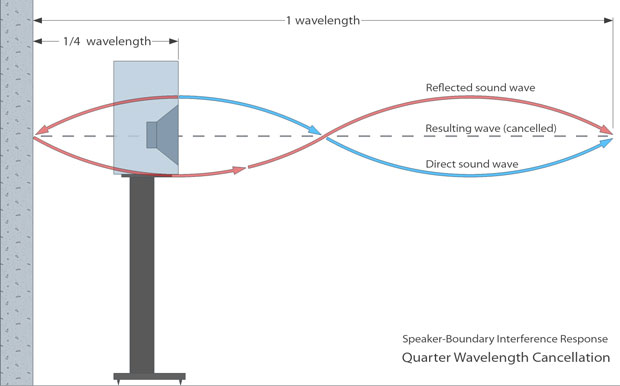Looking for speaker recommendations. This is for a 2 or 2.1 channel setup used only for music.
I don't care about anything else other than,
1. Speakers that disappear so I can't pinpoint that the sound is coming from the speakers.
2. Boxy sound that seems common with the boxed speakers I have heard
Currently I own B&W 804 Nautilus and its a hit or miss with respect to above two points depending on the song and volume I play it at.
Budget is $5k used or new
I don't care about anything else other than,
1. Speakers that disappear so I can't pinpoint that the sound is coming from the speakers.
2. Boxy sound that seems common with the boxed speakers I have heard
Currently I own B&W 804 Nautilus and its a hit or miss with respect to above two points depending on the song and volume I play it at.
Budget is $5k used or new

